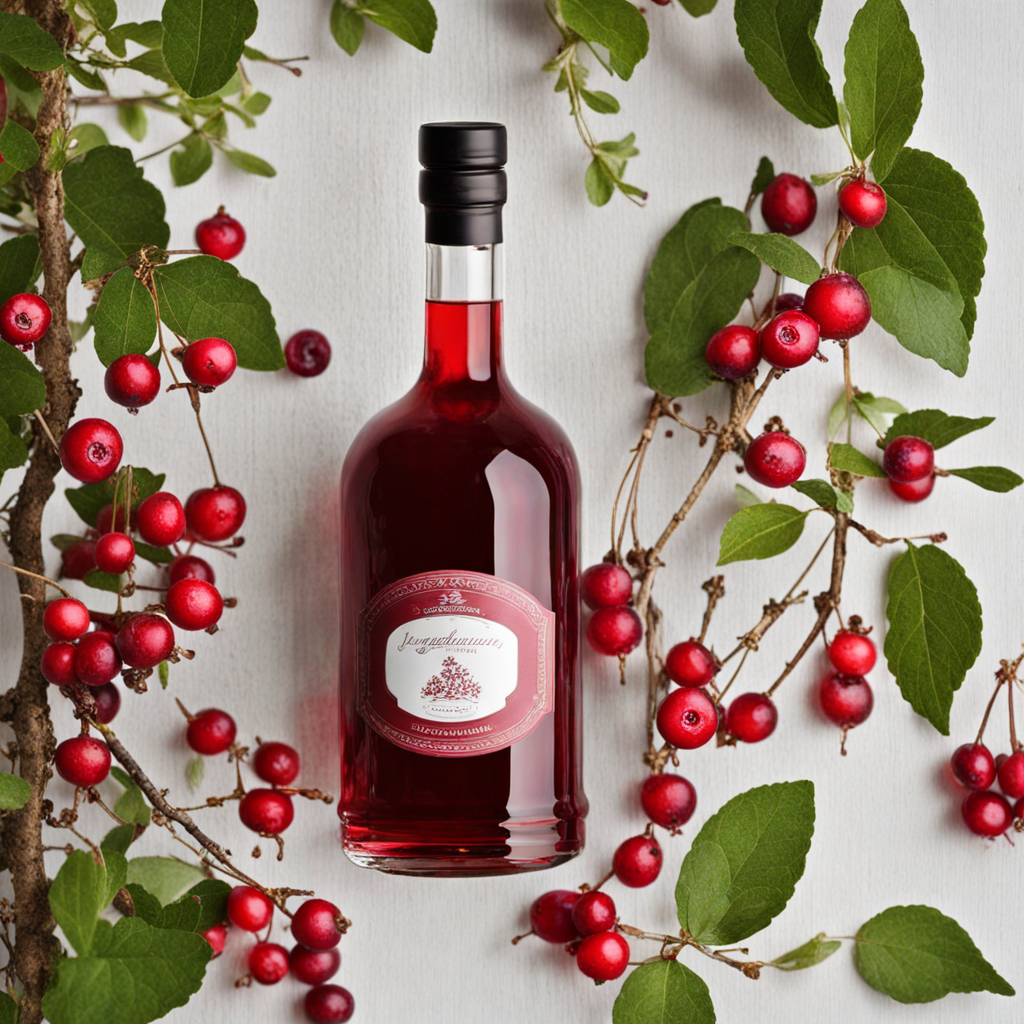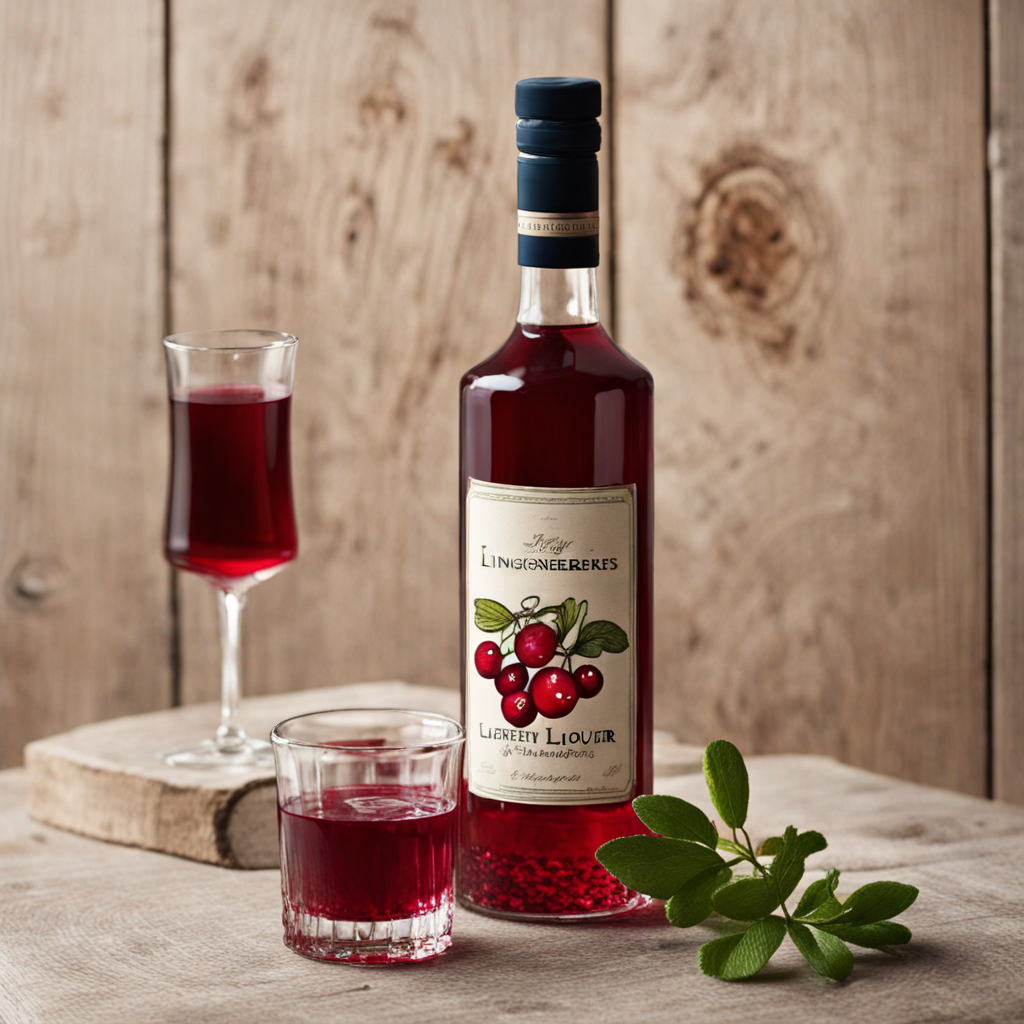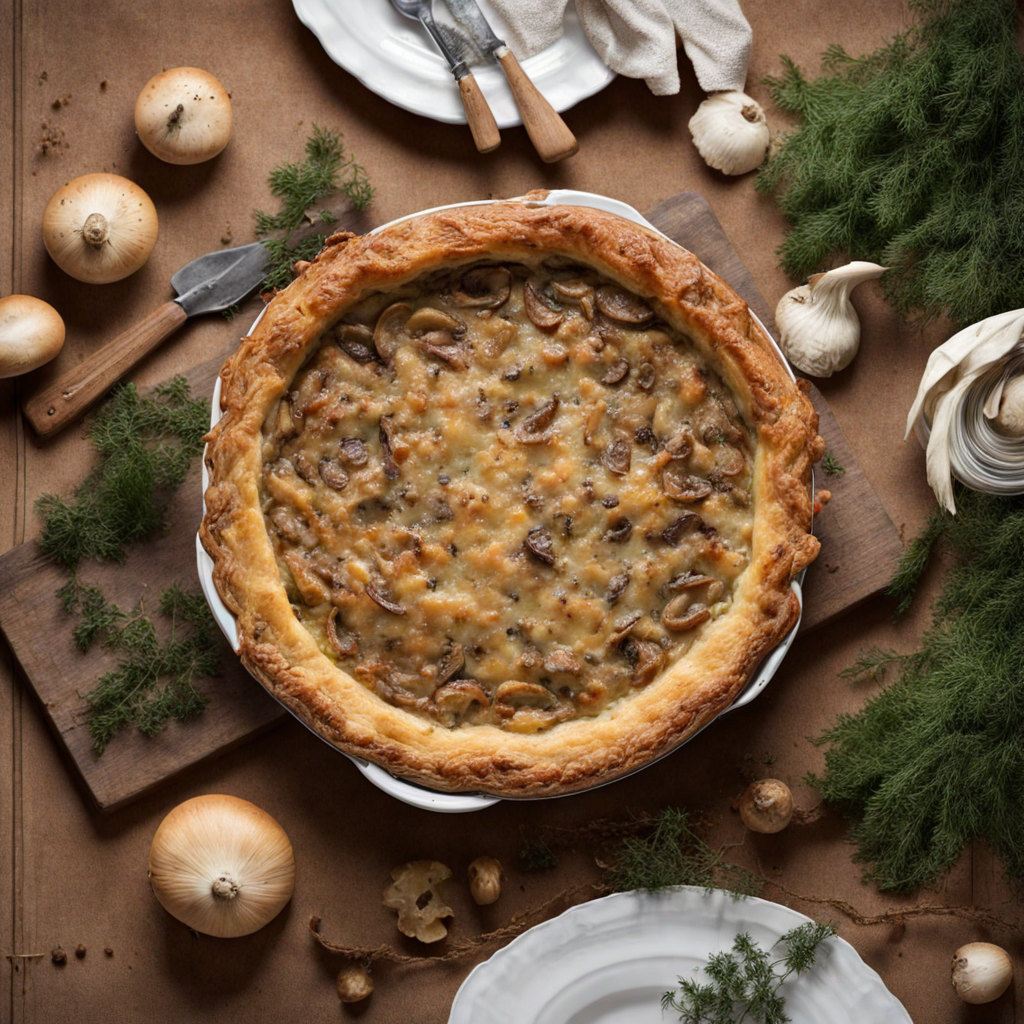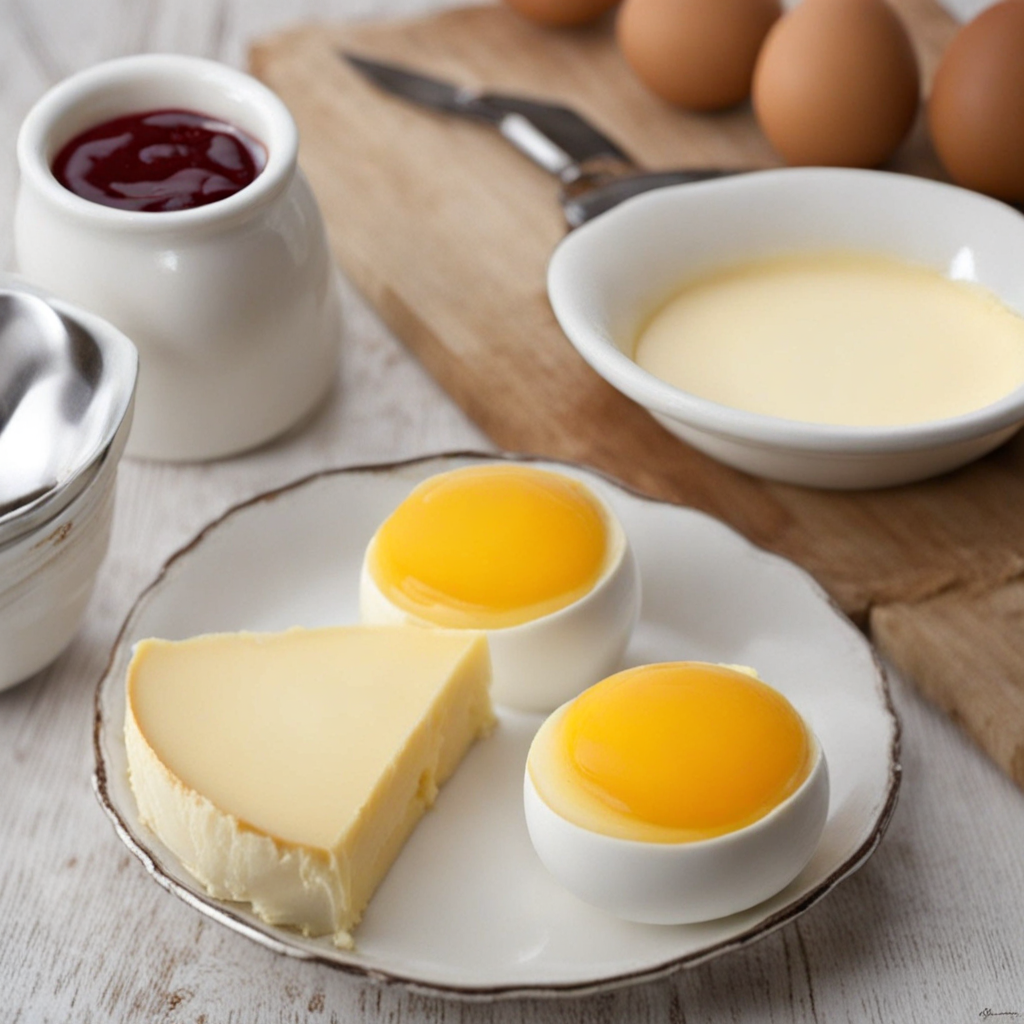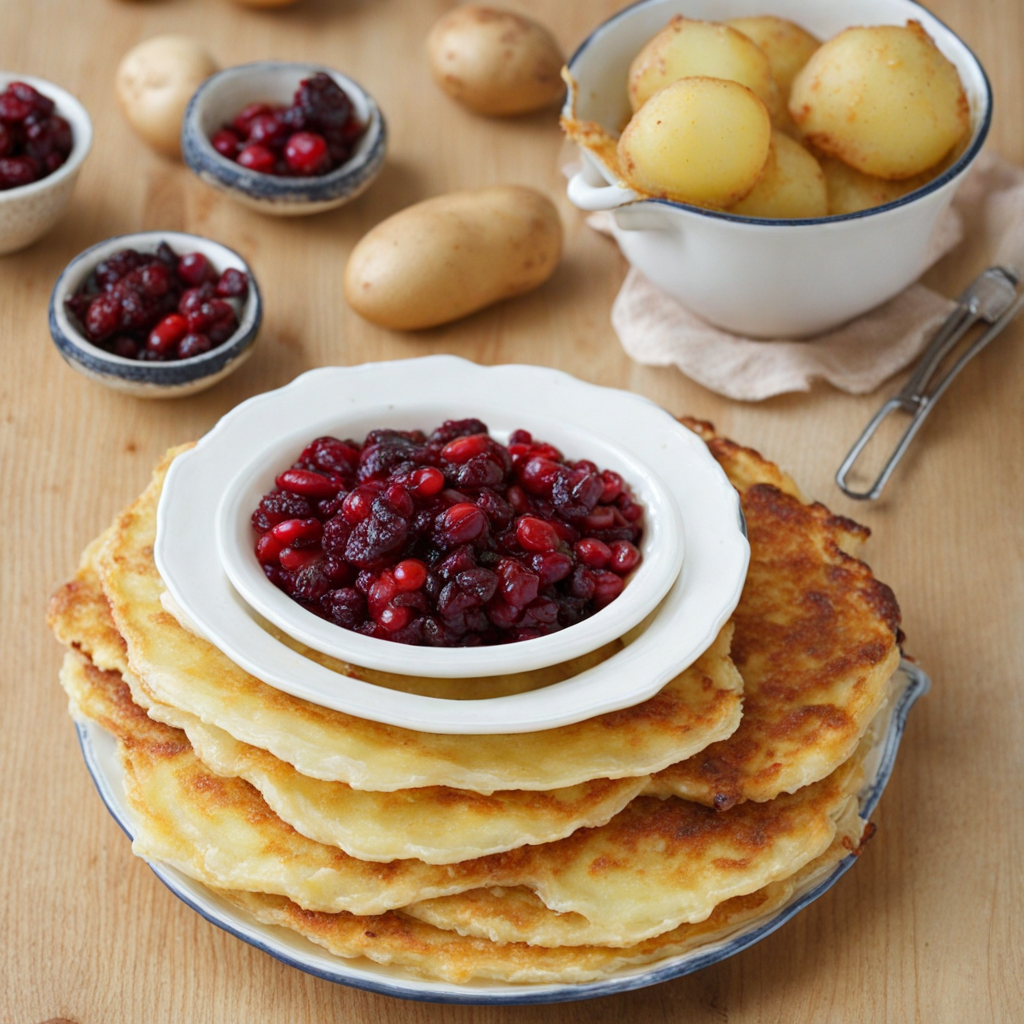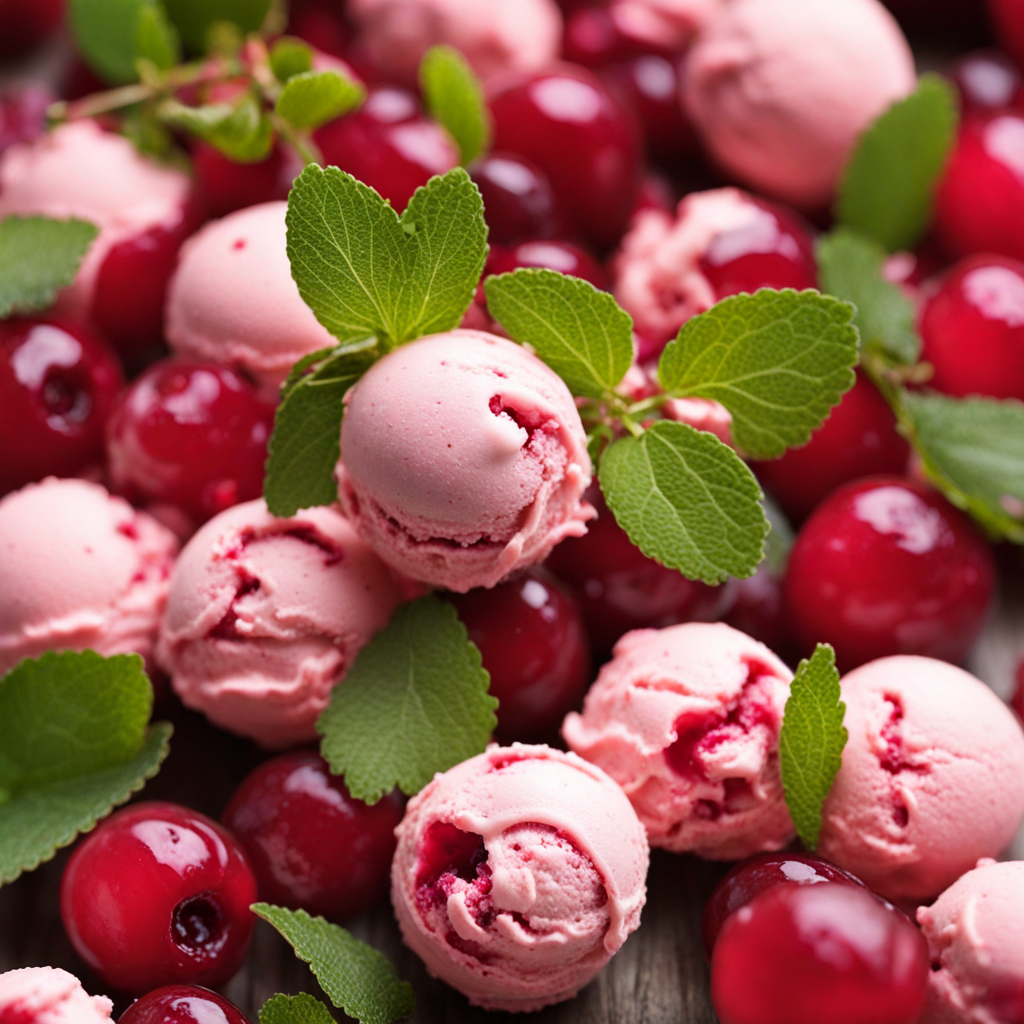Swedish Lingonberry Liqueur
Swedish Lingonberry Liqueur is a delightful and unique spirit that captures the essence of Sweden's lush landscapes and vibrant culinary traditions. Made from the tart and slightly sweet lingonberries, which are small red berries that thrive in the Scandinavian wilderness, this liqueur presents a beautiful ruby-red hue that entices the eye. The liqueur is typically infused with a blend of neutral spirits and sugar, allowing the natural flavors of the lingonberries to shine through while creating a well-balanced sweetness that perfectly complements their tartness. On the palate, Swedish Lingonberry Liqueur offers a refreshing burst of flavor that is both fruity and tangy, with notes of earthiness reminiscent of the forest. The initial taste is bright and lively, evoking the sensation of picking ripe berries straight from the bush. As the liqueur settles, hints of spice and herbal undertones emerge, creating a complex flavor profile that invites further exploration. Its smooth finish leaves a lingering sweetness that can be enjoyed either on its own or as a delightful addition to cocktails, desserts, or even savory dishes. This liqueur is not just a drink; it embodies a piece of Swedish culture and tradition. Often enjoyed during festive occasions or as a warming treat during the cold winter months, Swedish Lingonberry Liqueur can be sipped neat or used creatively in mixology. Whether drizzled over vanilla ice cream, incorporated into a classic cocktail, or simply savored in a cozy setting, this liqueur offers an exciting taste experience that transports you to the heart of Sweden's natural beauty.
How It Became This Dish
Lingonlikör: A Sweet Sip of Swedish Heritage Lingonlikör, a delightful liqueur made from lingonberries, is a quintessential representation of Swedish culinary traditions. This sweet and tart beverage encapsulates the essence of Sweden’s natural landscape, its cultural practices, and the enduring connection between food and community. To understand lingonlikör fully, we must delve into its origins, cultural significance, and how it has evolved over time. Origins: The Lingonberry and Its Historical Roots The lingonberry (Vaccinium vitis-idaea) is a small, red berry native to the boreal forests of Scandinavia. Known for its tart flavor, it has been a staple in Swedish cuisine for centuries. Lingonberries have been foraged and consumed by indigenous Sámi people and Swedish communities since ancient times. They were often used in traditional dishes, jams, and sauces, as well as in folk medicine due to their high vitamin C content and antioxidant properties. The tradition of creating liqueurs from fruits and berries has deep roots across Europe, particularly in regions where fruit was plentiful. In Sweden, the practice of infusing spirits with local berries became popular in the 19th century. The idea was to preserve the unique flavors of seasonal fruits and create a drink that not only tasted good but also symbolized the Swedish way of life—simple, resourceful, and intimately connected to nature. Cultural Significance: A Reflection of Swedish Identity Lingonlikör is more than just a beverage; it is a representation of Swedish culture and identity. In Sweden, the lingonberry is often associated with the concept of ‘lagom,’ which translates to “just the right amount.” This philosophy permeates many aspects of Swedish life, including food and drink. Lingonlikör embodies the idea of moderation—a carefully balanced blend of sweetness and tartness that reflects a harmonious relationship with nature. The liqueur is traditionally enjoyed during festive occasions and gatherings, particularly around Christmas and Midsummer. It is often paired with Swedish delicacies such as meatballs, cured salmon, and various cheeses, enhancing the flavors of the meal while providing a touch of sweetness. Lingonlikör is also a popular choice for toasting at celebrations, embodying the spirit of camaraderie and joy that characterizes Swedish festivities. Moreover, the act of making lingonlikör is steeped in family traditions. Many Swedish families have their own recipes passed down through generations, turning the preparation of this liqueur into a cherished ritual. It is common to see families gather in late summer or early autumn to forage for lingonberries, creating a sense of community and connection to the land. This practice not only reinforces family bonds but also fosters an appreciation for Sweden's natural resources. Development Over Time: From Foraging to Modern Craft The production of lingonlikör has evolved significantly since its inception. Traditionally, the process involved simple methods of macerating fresh berries in alcohol, often homemade vodka or aquavit, with the addition of sugar and other flavorings like spices or herbs. This artisanal approach allowed for a wide variety of flavors and styles, reflecting the personal preferences of the producers. In the 20th century, as Sweden underwent industrialization and globalization, the production of lingonlikör began to shift. Commercial distilleries emerged, and the liqueur became more widely available. Brands such as O.P. Anderson and Spendrups started to produce lingonlikör on a larger scale, catering to both domestic and international markets. This commercialization opened up opportunities for innovation, with producers experimenting with different formulations, blending lingonberries with other fruits and botanicals, and even crafting unique liqueurs aimed at specific consumers. As the craft cocktail movement gained momentum in the late 20th and early 21st centuries, bartenders and mixologists began to rediscover traditional liqueurs like lingonlikör. Its versatility became apparent, and it found its way into creative cocktails, ranging from refreshing spritzers to elaborate concoctions. This resurgence in interest has led to a renewed appreciation for lingonlikör as not just a sweet digestif but as a key ingredient that can elevate modern drinks. Lingonlikör Today: A Global Ambassador for Swedish Flavors Today, lingonlikör enjoys a prominent place in both Swedish culture and the global beverage landscape. It is celebrated as a symbol of Swedish heritage and is increasingly recognized beyond Scandinavia. As Swedish cuisine gains popularity worldwide, lingonlikör has found its way into international bars and restaurants, captivating the palates of those curious about Nordic flavors. The rise of the “Nordic food renaissance” has also played a significant role in elevating lingonlikör’s status. Renowned chefs and mixologists are incorporating it into their menus, showcasing its versatility and ability to pair with various cuisines. Lingonlikör is being used not just in traditional Swedish dishes but also in innovative recipes that highlight its unique flavor profile. Moreover, the emphasis on sustainability and local sourcing in contemporary food culture resonates with the traditional practices surrounding lingonlikör. Many producers are now focusing on organic farming methods and foraging, ensuring that the liqueur remains a natural reflection of the Swedish landscape. Conclusion: A Toast to Tradition and Innovation Lingonlikör is more than just a sweet and tart liqueur; it is a celebration of Sweden’s rich culinary traditions and cultural identity. From its humble beginnings as a foraged berry transformed into a cherished drink to its modern interpretations in craft cocktails, lingonlikör encapsulates the spirit of innovation while honoring its past. As we raise a glass of lingonlikör, we are not just enjoying a delicious beverage; we are partaking in a tradition that connects us to the land, to our families, and to the broader tapestry of global culinary heritage. Whether enjoyed at a festive gathering or savored quietly on a winter evening, lingonlikör invites us to experience the beauty and complexity of Swedish culture, one sip at a time.
You may like
Discover local flavors from Sweden


